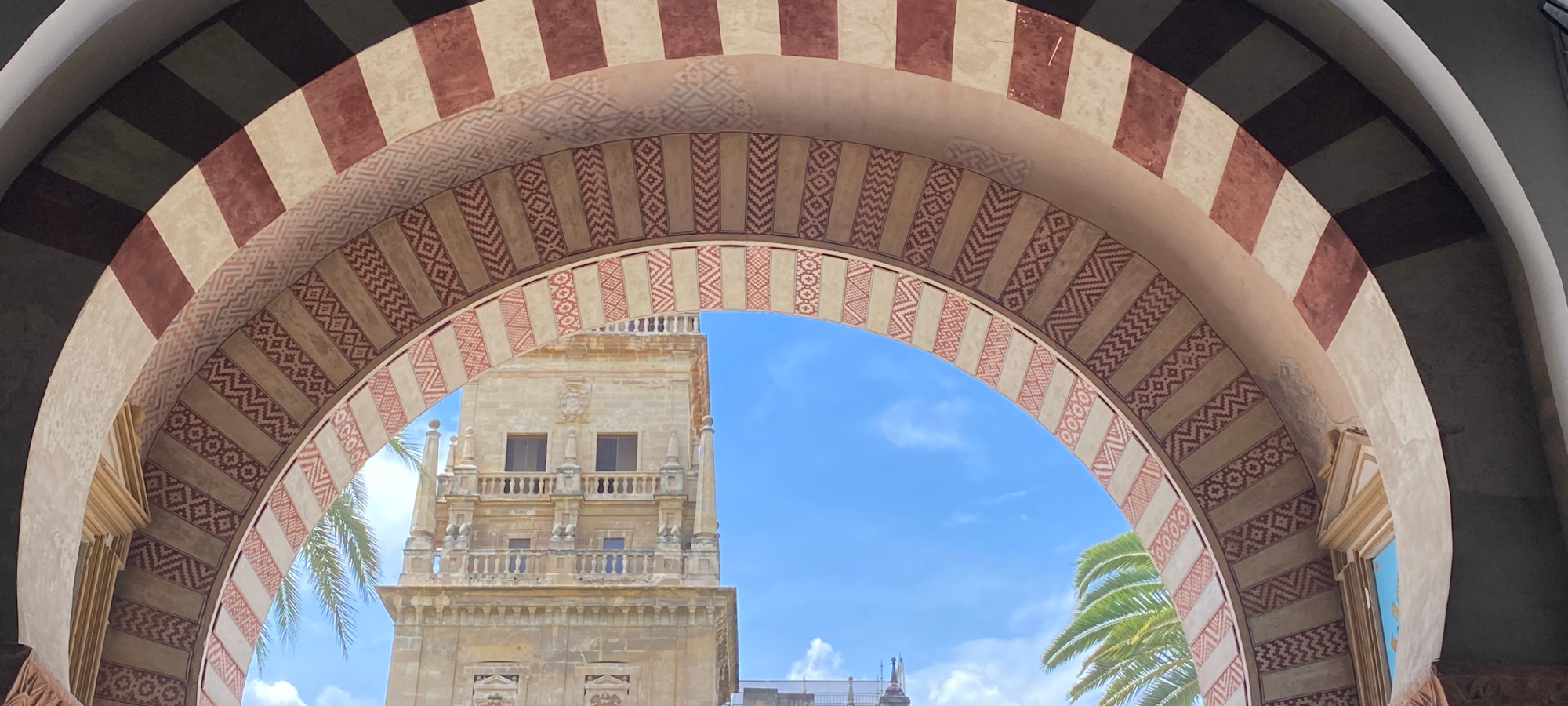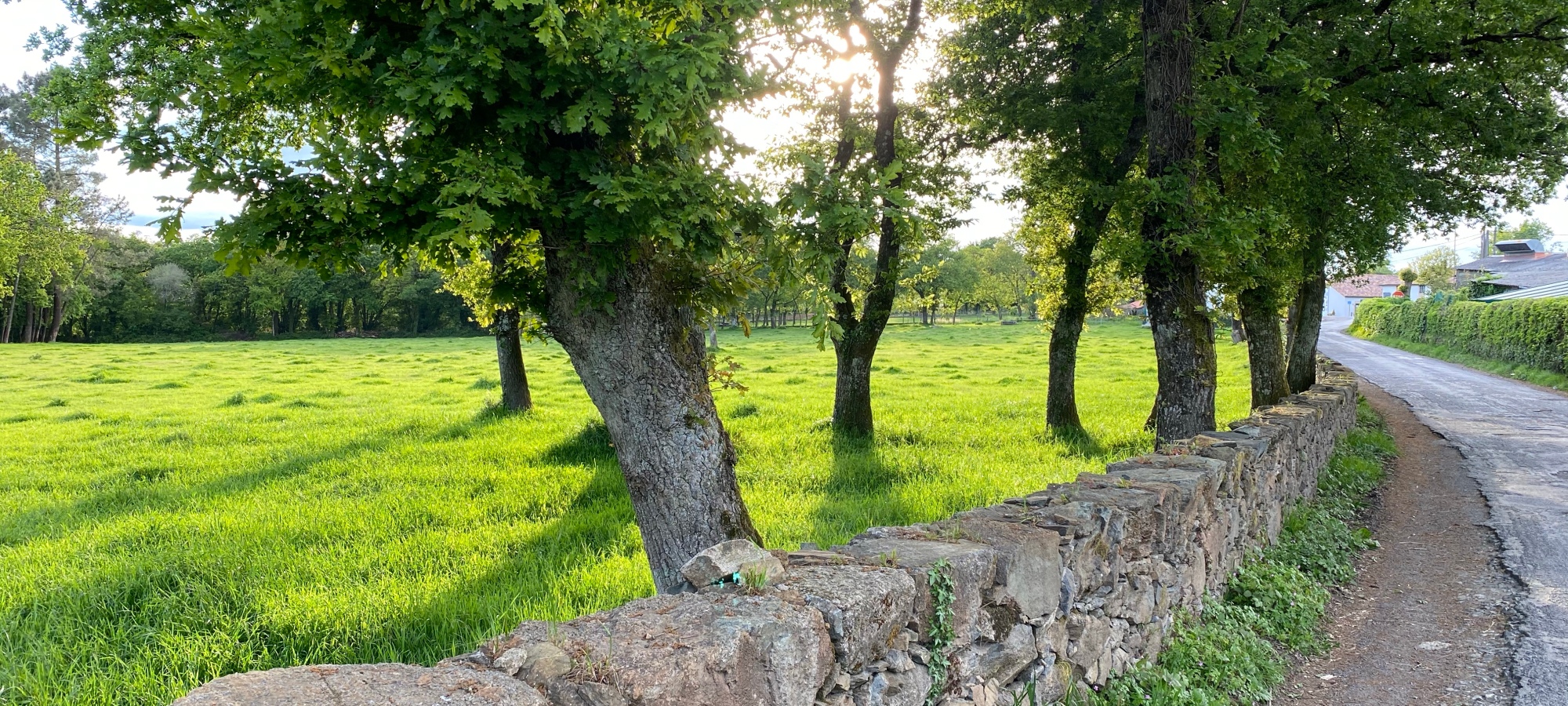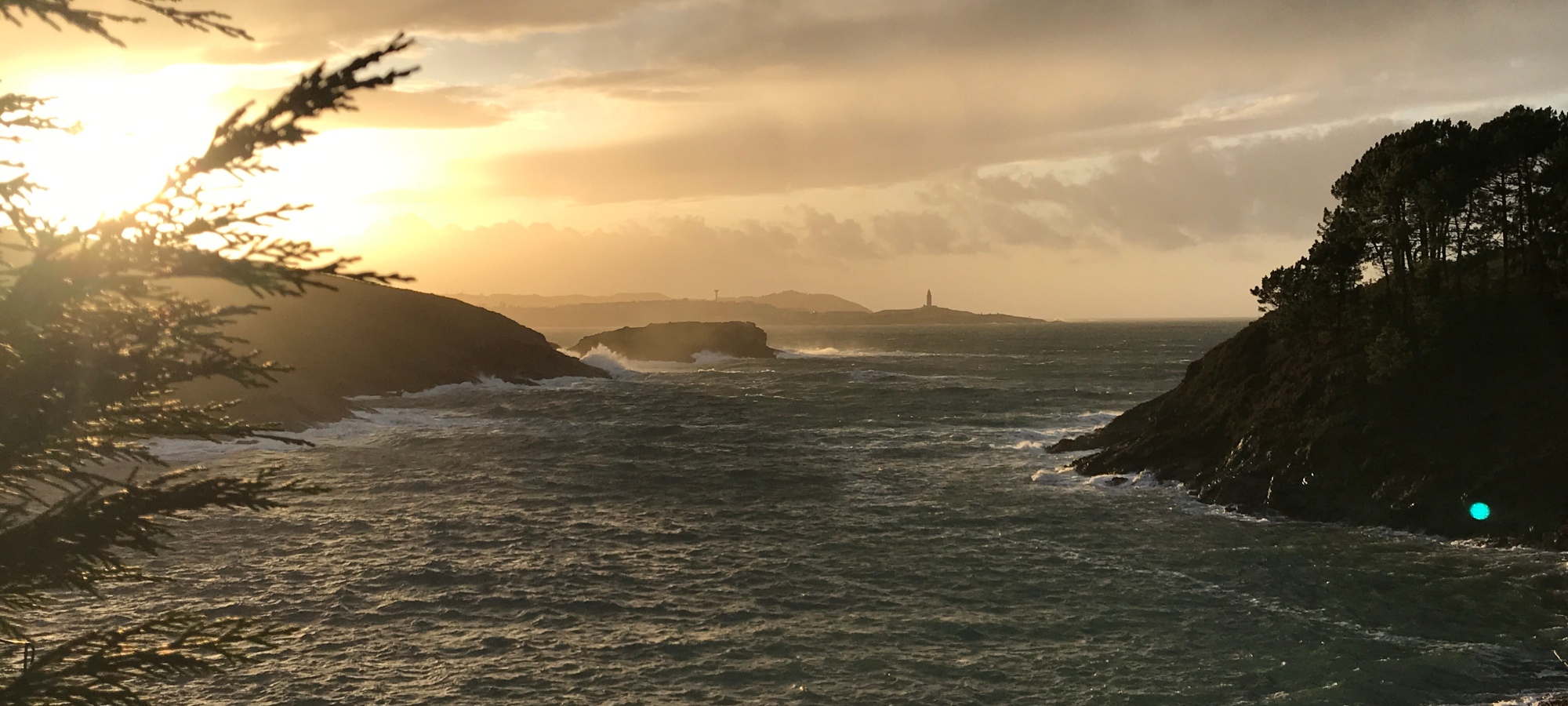Jeff needed to head to Cordoba to pick something up. Something that couldn’t be shipped. And he asked me if I wanted to tag along. Heck yeah! Being an American, and that long road trips are in our DNA, I had my bag packed in 5 minutes and was waiting by the front door at 5am this morning.
It was still dark. Never mind that from our house to Cordoba is 1100 miles and 18 hours roundtrip. Piece of cake. I’d even brought road snacks.
The drive from Lugo to Madrid, we could do it in our sleep. We have done it so many times the A6 is an old friend. But usually, we head off from the M50 outer ring road of Madrid towards Valencia on the A3. This time, we made a different turn.
Madrid is the center of the Spanish motor way universe. Its the hub to the spokes that fan out to all points in the autonomous communities and provinces across Spain. We were heading to Andalucía where Cordoba is located. On the A4 that goes from Madrid to Cadiz.
Each autovia in Spain has unique characteristics. The A3 has miles of sunflowers soaking up the rays. The A6 has poppy fields in red and white. The A4 was a whole different experience. It starts out grapes. Then transitions to miles of gentlemen’s (strip) clubs. Finally, its millions of olive trees. And when I say ‘millions’ I mean tens of millions. The farther south you go there is hardly a surface, excluding the roadway, not covered in olive trees for as far as the eye can see. Spain is the largest olive oil producer in the world by nearly double that of the next country, Greece. And I believe it. It’s why olive oil is cheaper than petrol here and you can purchase it in large drums. Even for home use.
Leaving Palas de Rei so early in the morning meant we had time to kill in Cordoba before Jeff met the guy to get what he came for. So, I decided we would visit the Mosque-Cathedral of Cordoba.
The building is just what the name suggests. The site was a Roman temple. When the Muslims conquered the Iberian Península in the 8th century they took what the Romans and the Christians left behind and created a mosque that was at the heart of the new capital of the Muslim world in Europe.
A few years back, after moving to Valencia, I took a 22 week lecture series to learn all about the history of my adopted country, and the stories surrounding Al Andaluz captured my imagination. Perhaps its my history with the Arabic language and time spent in the Middle East. The culture and food I love so much. It’s intersection with Spain is irresistible, and walking into this city, and this building I felt instantly at home.
Cordoba and it’s architecture tick all the boxes for me. We took a private tour and walked the city that held so much of the knowledge in the known world at that time, that people traveled from all over to experience it – no matter their faith. They came to study at the mosque that was filled with one of the largest collections of manuscripts ever gathered in one place. The Caliph, Abdul Rahman I , encouraged study by starting the first university. And opening schools all over Spain to educate common people.
Grief is a powerful motivation and, like the Taj Mahal in India, this mosque was build in the 8th century as a reflection of the Caliph’s grief, as the lone survivor of the massacre of his entire family. In exile, he missed his home in Syria, the palace where he grew up with his family, and the mosque where they worshipped together. So he created the world he came from in Al Andaluz (Andalucia). Abdul Rahman came to Spain as a young man of vast wealth. And he poured it all into Al Andaluz. Cordoba was his chosen capital and the beauty of the city is a reflection of his vision and is his legacy. It wasn’t only Muslim stone masons crafting this marvel. Christians and Jews were also hired and they left their marks in the stones they carved.
After 700 years of Muslim rule in Spain, it all ended in the 1200’s. When the reconquista drove Muslims and Jews out of Spain, much of the rich culture they had brought to the peninsula was wiped away. And their architectural marvels destroyed. But not the mosque of Cordoba. It was mostly kept intact, protected by the local inhabitants of Cordoba (although coopted by the Catholic church) until Charles I. When he mistakenly allowed a much maligned bishop to redecorate part if it.
Walking the streets in the old city, you can still feel what it might have been like a millennium ago. And entering the courtyard that used to house fountains for worshippers to wash before prayers is like stepping back in time.
But it’s the interior that is breathtaking in its geometry and artistry. The pictures won’t do it justice but I tried to capture the moments that impressed me most.
We hardly scratched the surface with so little time on the ground in Cordoba. Its a city that deserves a trip dedicated to discovering all her secrets. We will come back again, very soon.




































I love Cordoba and the Mosque is an amazing experience. We stayed in the square so that we could really spend a lot of time there and in the streets that surround it. You will enjoy it when you go back with more leisure.xxx
LikeLiked by 1 person
Yes. I would like to take the night tour. And see much more of the surrounding area.
LikeLike
I love Cordoba – one of my favorite cities. When I visited a Muslim lady was praying in front of the part of the Cathedral that used to be a mosque. We visited some “patios” behind the walls of city streets and I was very touched to see the statue of Maimonides. There is a Maimonides hospital in Montreal where I live and I used to have a connection with it. I was a social worker and some of my long-term patients went to live there. Planning my Camino as I stagger to my feet after the 2020 one was shot down by Covid 19. Nice blog!
LikeLiked by 1 person
It really is a very special city – Cordoba. The coexistence of three religions during that time is a lesson for the world. I can’t wait to go back. Post Covid Caminos will mean so much after what we have all been through globally. I think this is why the Way has bounced back so quickly. Ppl need to spend this time reflecting. But also, finding joy again. And healing. If your plan takes you on The French Way, perhaps we will be up and running by then and you can stop by.
LikeLike
Well looking forward to planning my Camino for fall. We will see what the rules are for entry on Monday I guess
LikeLiked by 1 person
We are reading here that if you have a vaccine card showing both doses with the second dose 14 day or more before, you can enter with no quarantine and no restrictions except what is currently imposed on those of us who live here. The only issue is that communal Albergues are only allowed 30% capacity. But cases are dropping rapidly. They are starting 40-49 year olds today. And all adults will be done by mid August. Masks may not be required outside in the coming weeks. Life is returning to normal. Slowly.
LikeLike